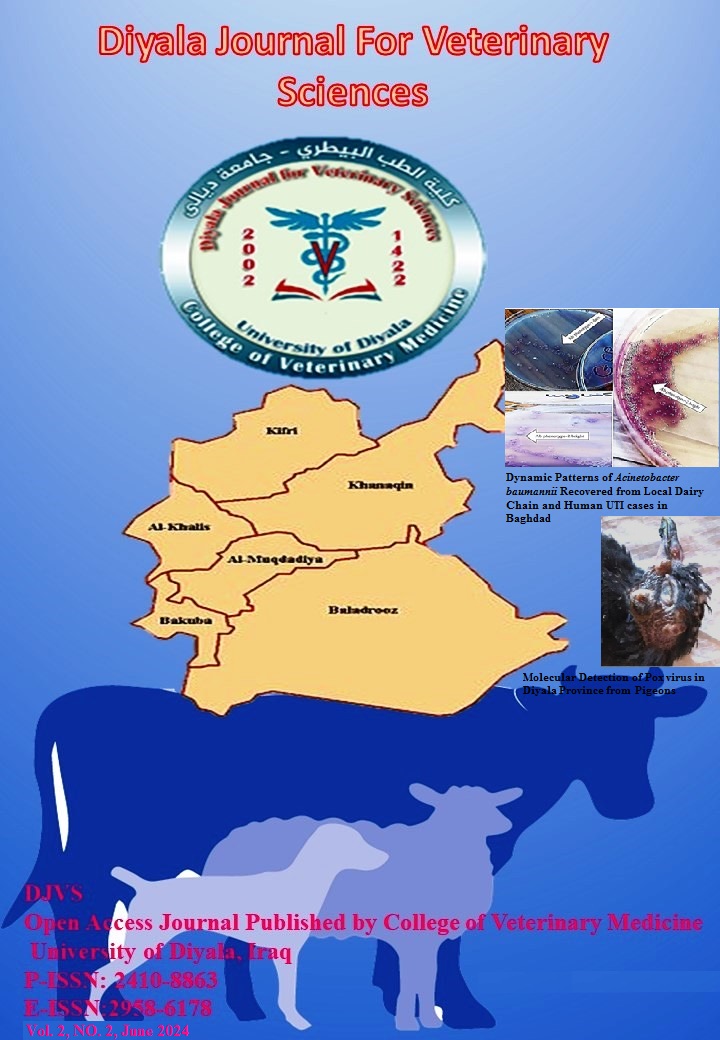General Biology of Sand Fly: A review
DOI:
https://doi.org/10.71375/djvs.2024.02204Keywords:
sand flies, biology, IraqAbstract
The sand fly is an insect that transmits many pathogens. Vector-borne diseases cause a public health problem worldwide. Arthropods that feed on blood transmit a wide range of animal and human diseases that act as transmit of many parasites, such as leishmaniasis. It is a many of diseases caused by different species of Leishmania. The type of nutrition depends on the presence of the host, as sand flies take a blood meal from sources available around them for the purpose of reproduction and producing eggs. Sand flies are affected by climatic factors, including temperature in addition to humidity, on the growth and development of it. Geographical distribution occurs in areas where the flies are found and also in Neighboring areas after environmental and climatic changes provide suitable conditions for their survival.
Downloads
Downloads
Published
How to Cite
Issue
Section
License
Copyright (c) 2024 Suha Tarik Al-Biatee, Shaimaa Ahmed Majeed, Haider Mohammed Ali sadiq AL-Rubaie

This work is licensed under a Creative Commons Attribution-NonCommercial 4.0 International License.



